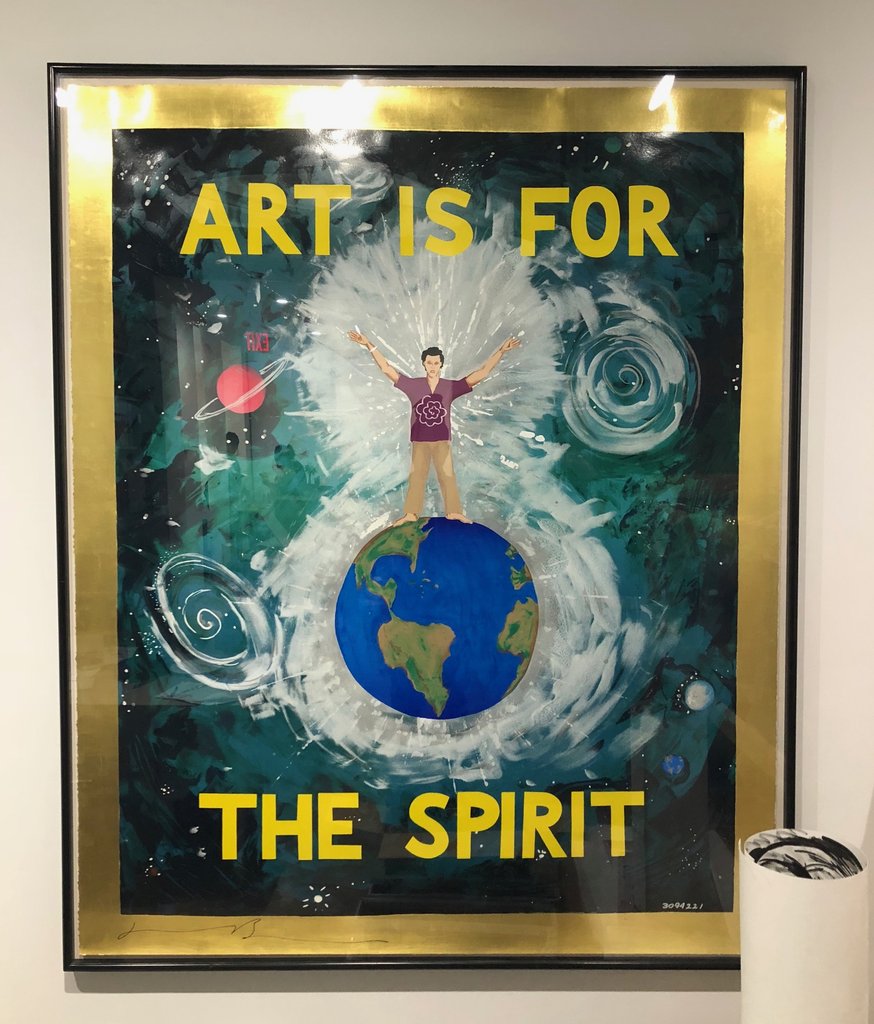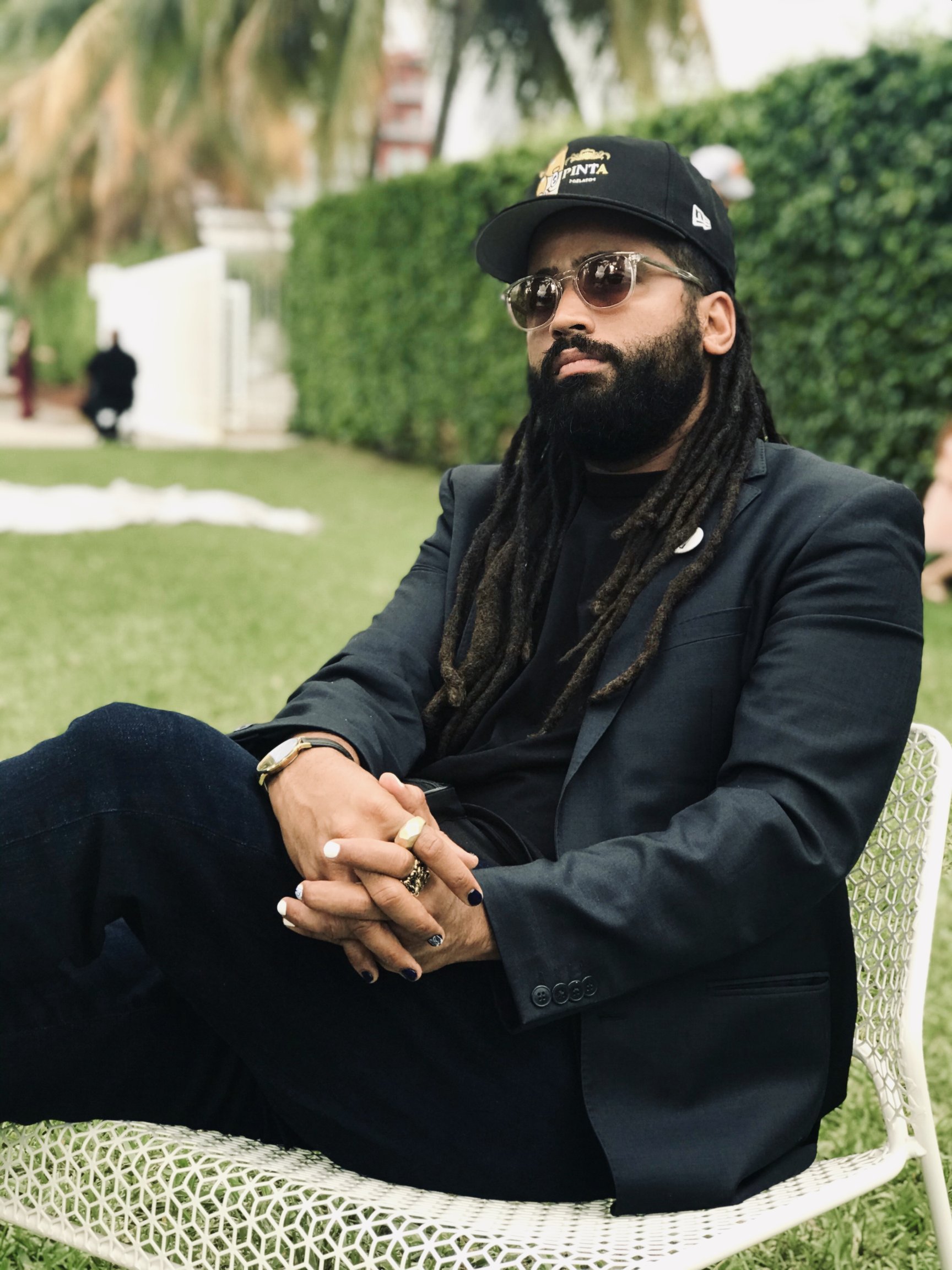
Danny Baez is the co-founder and director of external affairs of MECA International Art Fair in Puerto Rico; co-founder and board member of the ARTNOIR Collective; and co-chair of the Young Collectors Board (CNTMPRNS) at El Museo del Barrio. I met Danny at his last show in Harlem, and I knew I could learn a few things from him. Hopefully, you can take something with you from our conversation as well.
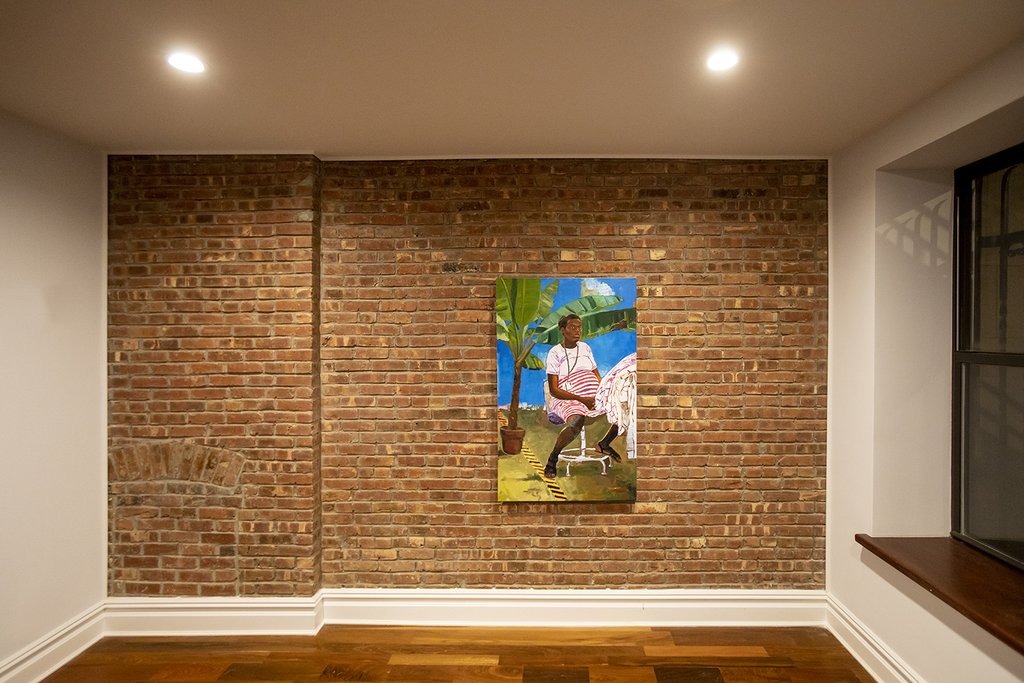
Nabila & I went to see your YB²P opening in Harlem. We had a great time and enjoyed the intriguing artworks. How did you go about choosing the artists and organizing this exhibition?
First of all, thank you for coming and showing love and support for the exhibition and the artists. To give you a very brief breakdown of how the exhibit came to life, I was invited by Catinca Tabacaru sort of last minute to put together a painting show in Harlem hosted at Audry Casusol’s new home for CTG activation during Armory Week.
The selection process was based on the premise of me bringing in talented young Black and Brown artists whose work and practice is in the realm of figuration but not limited to it. Eleven of them, ranging from 22-32 years of age. A nice and solid group of young artists I believe in and that I identify with. To me, it was all about creating a harmonious exhibition and elevating the community.
MECA is an Art fair you co-founded. Talk to us about your experience so far & how you think the future of Art fairs could look like? I understand this is difficult given the level of uncertainty of things, but I’m wondering what you think can happen.
Challenging and rewarding. Challenging because building something from scratch without capital is never easy and comes with, no pun intended, a fair amount of surprises that could easily affect the flow of things. Rewarding because we’ve been able to showcase a plethora of multifaceted Caribbean cultural offerings while at the same time hosting exhibitors from different cities around the world. MECA is the only international art fair in the region at the moment.
My love goes to Hazel, Frederique, Mariángel, Alexandra, and Tony. The Epic Team!
I tend not to think about the future too much but I can give you this answer: I believe that unfortunately, not many Art Fairs will be able to sustain or keep operating under this new wave of online “viewing rooms” for too long because most of the art business is conducted face to face. A good amount of collectors and art dealers prefer to conduct business and close deals IN-PERSON.
I suspect that only a few niche fairs will be able to survive. I hope MECA will be one of them. If it isn’t, well it was a nice three years. Hehehe. Having said that the industry is also slowly adapting to this new reality. So who knows? Perhaps, everyone (hopefully) can keep afloat and strive despite the circumstances.
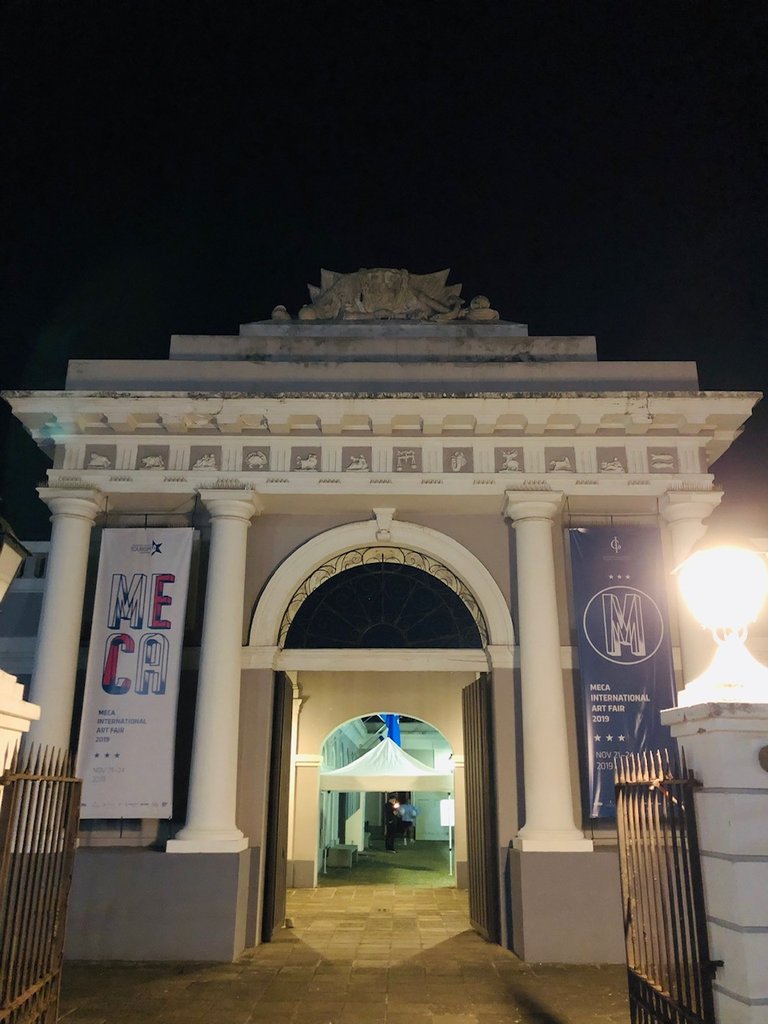
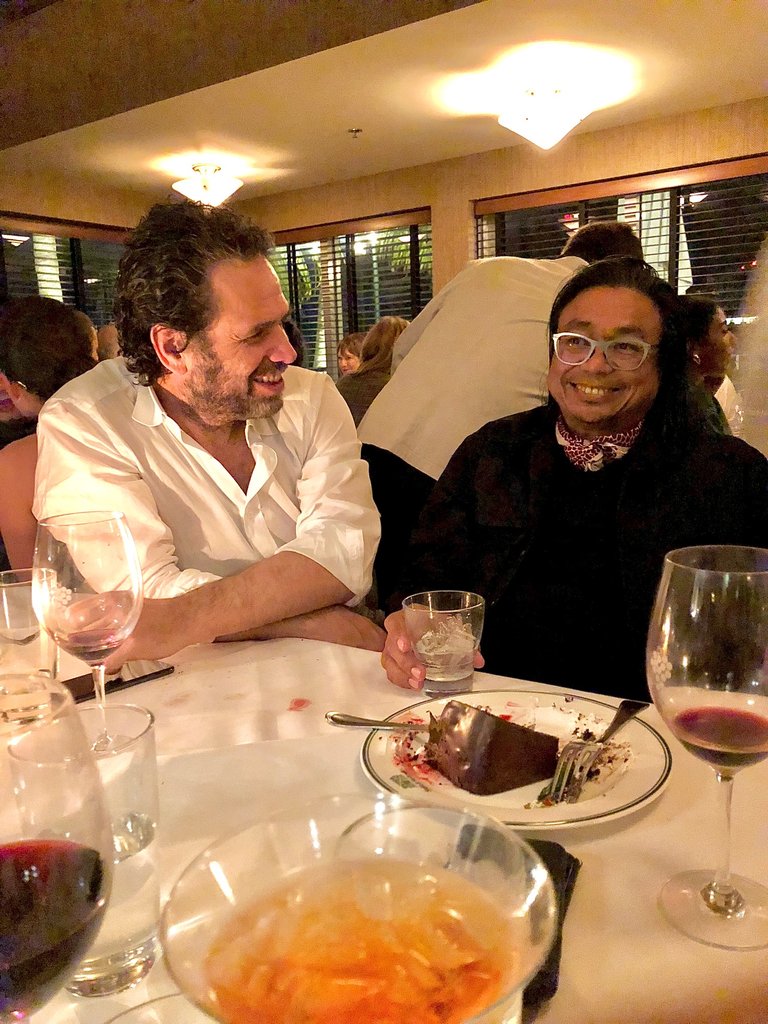
You noticed how the Caribbean was mainly known for tourism and felt you had to show that these beautiful countries are actually rich in terms of culture. How did you notice that there was a gap in the international art world?
Sadly, it was not too hard. Visiting a couple of international Art Fairs even in Latin America made it clear that Caribbean representation was lacking. Not only in real life but also in art history textbooks. We are here and we want to be seen and heard.
Tell us about your experience working with Rirkrit Tiravanija & Gavin Brown.
Rirkrit was my entry point into the contemporary art world. Through him, I got to experience the life of an artist first hand. I consider this to be the first phase of my unconventional art education. During this period, I was able to work with many Columbia University MFA students which allowed me to gain a greater understanding of the institutional and educational part of fine arts.I entered the second phase through my work with Gavin where I dipped more into the business aspects of the art world. This is also where I gained my first experience with Art Fairs. He became a mentor to me and for what I was about to do next.I have the utmost respect for Rirkrit and Gavin and feel very privileged to have worked with both of them. At this point, I have to give a shout out to Glorimarta Linares who introduced me to Rirkrit. Originally for a three-day job that turned into an entire career. Gracias Culin!
For you, what is the role of art, and within art what is the role of a curator?
Is it possible to assign a role to art? Instead of placing a role per se, allow me to give you my take on it: I would dare to say that ART is probably the most profound way of communication where someone, in this case, the artist, gives us a glimpse into our own nature and allows us to connect in one way or another.
From my perspective and within this context, the role of a curator is to enable this dialogue and to provide some of the tools needed for it.
Who are the artists making the most relevant work right now? Why?
Relevancy just like beauty is in the eye of the beholder. You pick yours (and share those picks with me later)
I think about Tania Bruguera, a Cuban Artist who coined the term “Arte Útil”. She pushes art to not just symbolize issues but to actually help communities with material support. I find this to be very relevant work.
What advice would you give someone looking to become a curator?
Talk to the artists. Get to know them. That will be your best school. Remember without them there is nothing to curate. Do some research, hit those art books. Also, reach out for mentorship. There are few good folks out there willing to guide you and lend a helping hand. Don’t be afraid to ask. Internships at museums, cultural institutions, and some galleries are also other ways to nurture and expand your practice.
I heard you can also go to college for that. As you can see there’s a decent amount of options available out there to achieve this. Choose wisely!
